Adding a puppy to your family is a big responsibility. It is imperitive to prepare your new addition to face the world by exposing him or her to multiple stimuli.
Just as exposure to vaccines builds a strong immune system, subjecting young dogs to new people, places, sounds and scenarios builds confidence and drastically reduces their chances of developing fear and aggression later in life.
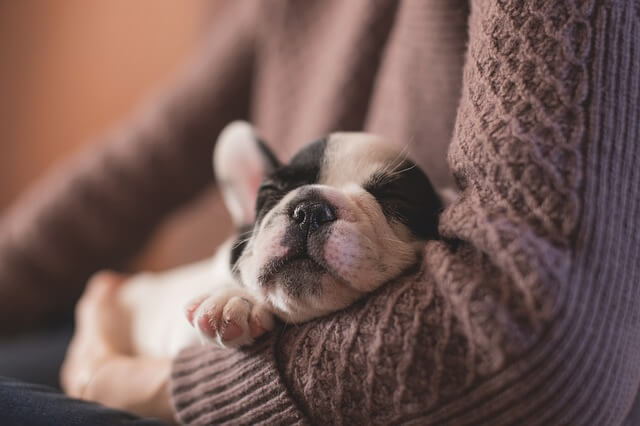
Fear is the root cause for some of the most difficult canine behavior problems such as excessive barking, separation anxiety and noise phobias. It is our responsibility as pawrents to help our pups explore the world around them in a safe, controlled way.
To ensure a well-rounded, emotionally healthy puppy you MUST expose them to these 10 things early and often! If you haven’t brought your furry friend home yet, check out our comprehensive new puppy checklist to make sure you haven’t forgotten anything.
1. All Kinds of Humans

Professional trainers often assign their clients the task of introducing their puppies to 100 humans before the age of 20 weeks. The importance of healthy interactions and socialization with humans cannot be stressed enough! You want your puppy to meet and grow accustomed to as many people as possible.
Related: 12 Best Probiotics for a Pup
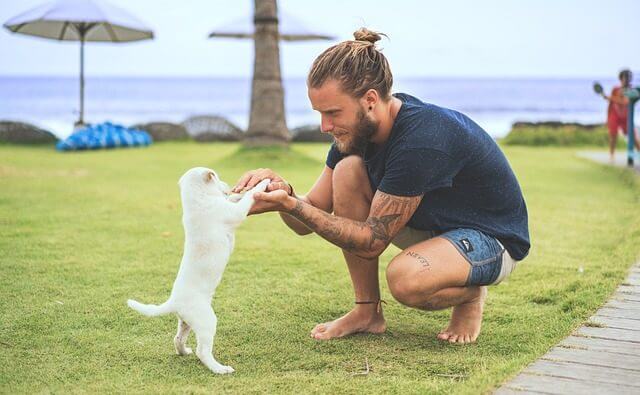
Introduce your dog to humans of all genders, ages, heights, weights and races. Don’t forget that clothing, objects and physical characteristics associated with humans are also important. Make sure your pup meets men with beards, people with glasses, uniformed workers, people in hats, joggers, bikers, skateboarders, people pushing strollers or carrying umbrellas, and those who use medical devices like wheelchairs, canes, walkers, crutches and oxygen tanks.
Related: Best Online Puppy Training Courses Reviewed
2. Children

Babies and children are in a category all their own. They do not have the same level of understanding as adults and therefore cannot be expected to remain calm around an adorable puppy. Even if your new dog will not be exposed to children on a regular basis, it is imperative that they become accustomed to their unexpected movements and high-pitched noises as you are sure to run into a few on walks and outings.
3. Other Dogs

Make sure your puppy learns the correct way to behave around other dogs of all sizes and temperaments by participating in a puppy kindergarten class. Pups get the chance to learn and explore fellow canines at the same level of social development in a controlled environment. All participating pooches have to be at a certain point in their vaccine schedule, making classes a safer option than dog parks and unknown canines.
4. Wild & Domestic Animals
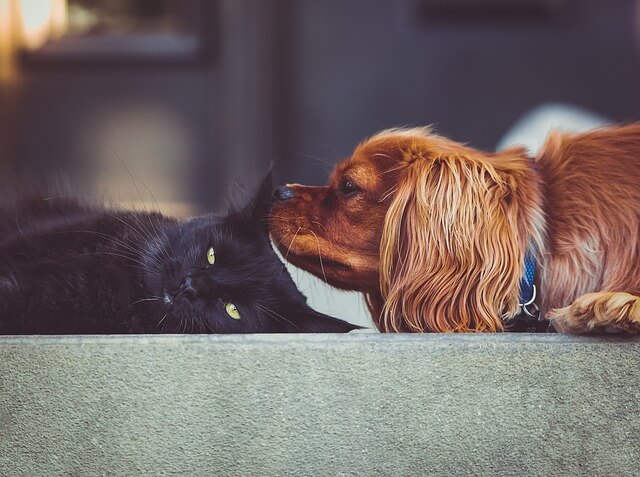
Whether or not you have cats, birds, reptiles or pocket pets in your home, your pup is likely to encounter these types of creatures throughout his life. The most important part of exposing your puppy to other species is to reinforce the “stay” and “come” commands. Dogs are naturally curious about other animals and must be trained not to chase them for their own safety as well as the safety of the other animal.
5. Handling
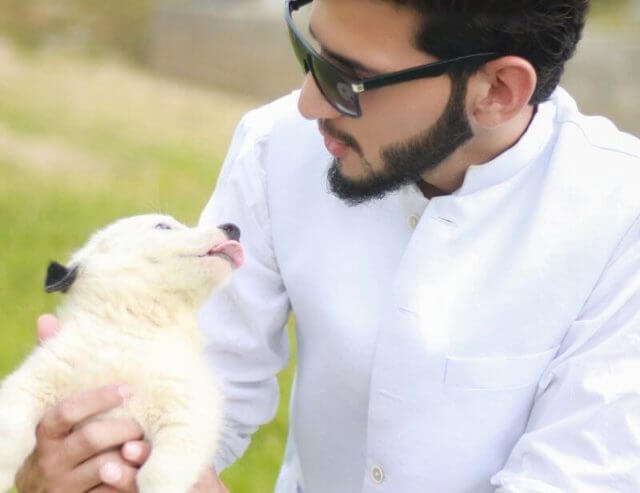
This is an extremely important aspect of puppy exposure training that is often overlooked. Chances are you hug, kiss and play with your puppy, but do you handle his paws, open his mouth, lift his tail, and touch the insides of his ears? Your veterinarian and groomer will, and the more time you spend desensitizing your pup to these types of touches, the more comfortable he will be. Remember to make this a positive experience by using treats or toys as rewards.
6. Objects & Sounds

Clearly this is a very broad category, but suffice it to say, the more experiences your puppy has, the better equipped he will be to handle similar encounters in the future. Common fearful objects for dogs include umbrellas, balloons, vacuum cleaners, lawnmowers, hair dryers, electric hair clippers, ceiling fans, power tools, automatic doors, garage doors, vehicles, motorcycles, children’s toys, bicycles, wagons, skateboards, suitcases, shopping carts and airplanes.
Related: 10 Best Dog Doors
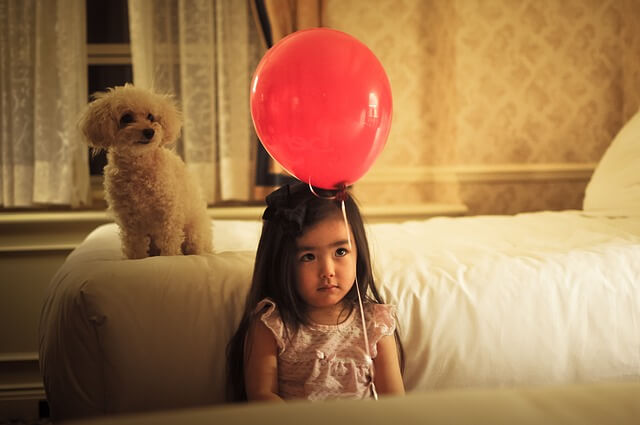
Many of these objects are frightening to dogs because of the loud, unfamiliar noises they make. With their amplified hearing, thunder storms, fireworks, sirens, gunshots, cooking sounds and various other sources of racket can be quite frightening.
You can work on desensitizing your pup to various stimuli with canine noise phobia CDs that allow you to simulate storms, fireworks, and city sounds in the safety and comfort of your own home.
Special Offer! iHeartDogs Quiet Ears Headband For Dog
7. Car Rides

The unfamiliar sensation of traveling in a moving vehicle can be quite stressful for dogs. They will often shake, drool, vomit or even try to escape which can be extremely dangerous for the dog and the driver. Slowly desensitize your puppy to the car by sitting in your parked vehicle and enjoying treats or belly rubs. You can gradually increase the time spent in the car, advance to sitting in a running vehicle, and finally begin to take increasingly longer rides together.
Related: 10 Best Dog Seat Belts
8. All Types Of Flooring & Surfaces
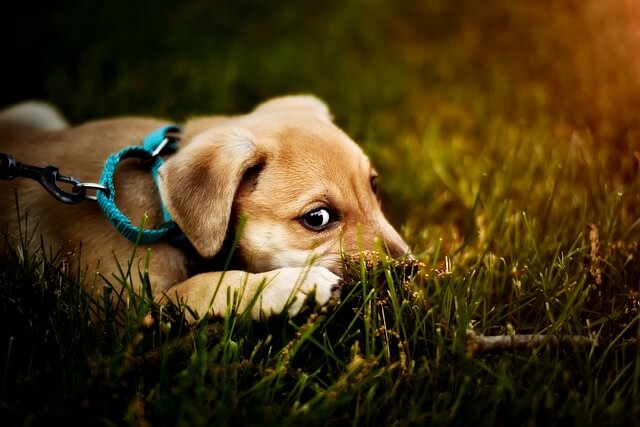
Dogs are very tactile animals. Puppies will need to adapt to walking on all sorts of surfaces like carpet, concrete, tile, wood flooring, grass, gravel, etc. You can use treats or toys to lure your pup onto new surfaces, but never force him.
9. Water
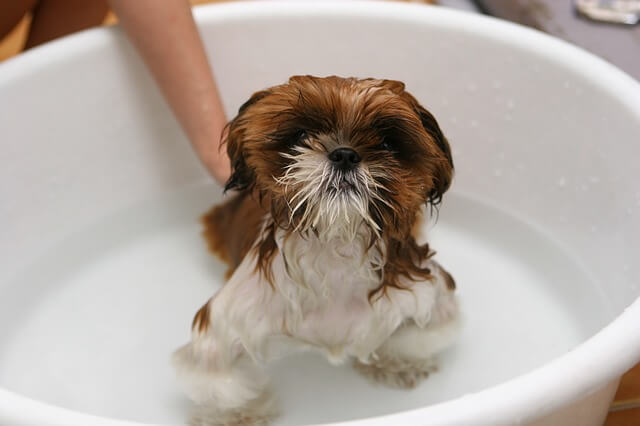
Some dogs naturally love water, others do not. Since occasional bathing is a must, you will want to get your puppy used to the sensation of water. Rather than turning the hose on your pup or dumping a bucket of water over his head, make it a gradual process. Start with the feet, then the legs, and work up from there until your pooch is saturated. Remember to take special care around the face, eyes, ears and nose. Use puppy-safe, tear-free shampoo and do not over-bathe.
10. Public Places
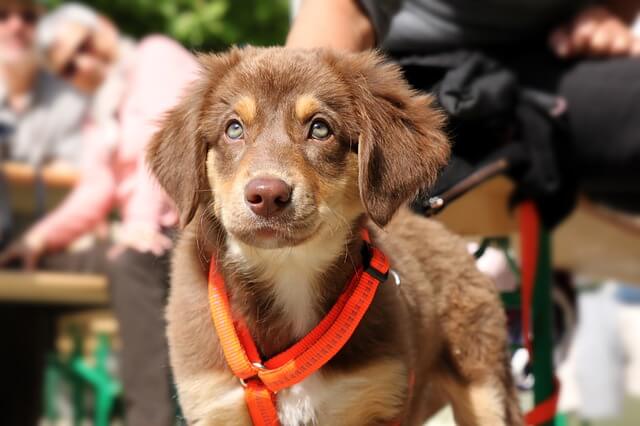
It is important to acclimate puppies to public places like parks and veterinary offices. When venturing outside their familiar environment, they will encounter crowds, strange noises, and new sights and smells they may find stressful. When training your pup, visit pet-friendly stores and public parks where dogs must be kept on leashes. Not only will your new buddy get used to car rides and public places, he will also meet lots of new humans – and maybe a few pups – to practice his socialization skills with!
It’s never too late to teach an old dog new tricks! If you have rescued an adult dog or have a pooch with fear-related issues, contact a certified trainer or canine behaviorist for help with desensitization training.
 Toledo, United States.
Toledo, United States.